Leak in Ceiling – Ceiling Water Damage
Water Damage at Your Home or Business? We Can Help!

No matter what water damage situation you’re dealing with, we have solutions.
Water damage is concerning no matter where it appears in your home or building. However, ceiling water damage is an emergency that needs immediate attention. This is because the water will continue to weaken the ceiling and greatly increase the risk of the ceiling collapsing.
If you notice water damage to the ceiling, you need to quickly take the following steps:
- Step 1: Cut the water flow: If possible, find and stop the source of the water.
- Step 2: Catch the water: If water is dripping down from the ceiling, put a bucket under the drip to collect the water.
- Step 3: Clear the area: A water damaged ceiling is vulnerable to collapse, so move everything out from under the damaged ceiling and make sure people in your home or building stay clear of the area.
- Step 4: Call a water damage restoration professional: A water damage restoration professional will find and stop the source of the water and repair the damage to your ceiling.
For ceiling water damage services, call (888) 915-7197 to find a local professional who will work with your insurance company.
Leak in Ceiling – Who to Call?
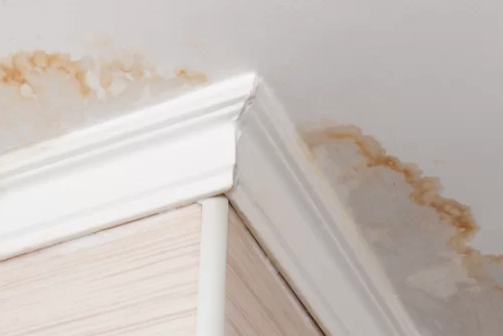
Call (888) 915-7197 for emergency water restoration for the leak in your ceiling.
Ceiling Water Damage Repair – What to Expect
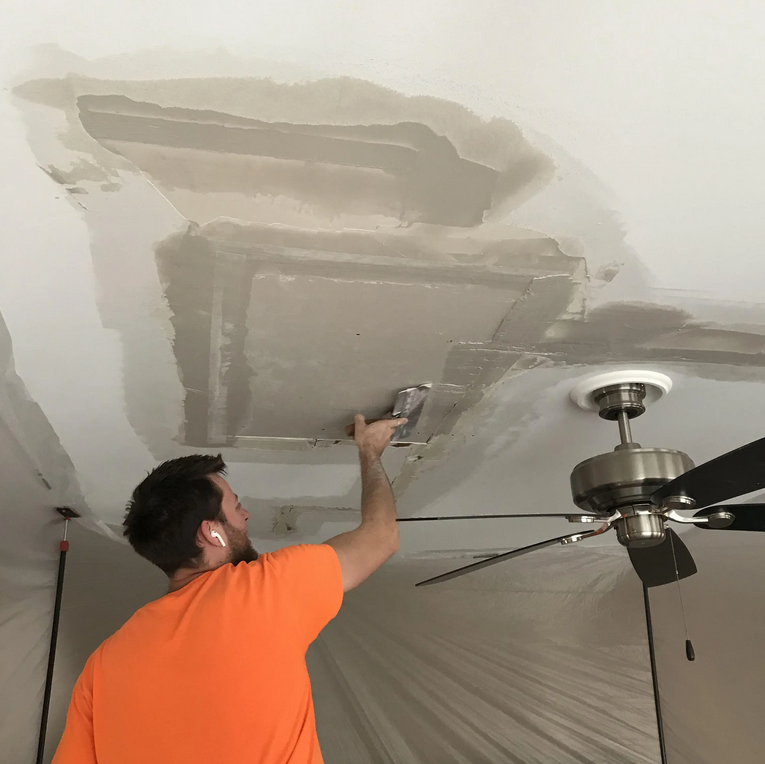
Water damage restoration professionals will find and fix the source of the water and restore the damage to the ceiling.
Choosing the Right Water Damage Company – Why RestorationMaster?

RestorationMaster has spent 11 years working with the best water restoration professionals who can repair ceiling water damage and we can help you find a professional in your local area.
Residential Ceiling Water Damage Repair
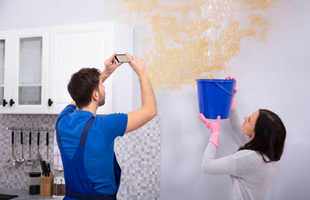
Water damage to the ceiling can cause the ceiling to collapse without quick action. Water restoration professionals will restore ceiling water damage and repair the ceiling.
Commercial Ceiling Water Damage Repair
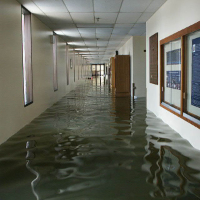
Ceiling water damage in offices and commercial buildings can be dangerous because of the possibility of the ceiling collapsing. Restoration professionals can work in commercial settings to restore damage from water leaking from the ceiling and repair the ceiling.
Emergency Ceiling Water Damage Repair

Ceiling water damage is an emergency as the ceiling gets weaker as it continues to absorb water, making a collapse more likely. Water damage professionals provide emergency water damage restoration to address damage to your ceiling.
Contact a local water damage contractor in your area:
- Atlanta, GA
- Charlotte, NC
- Cicero, IL
- Cleveland, OH
- Columbus, OH
- Dallas, TX
- Denver, CO
- Des Moines, IA
- Elk Grove Village, IL
- Essex, CT
- Houston, TX
- Indianapolis, IN
- Las Vegas, NV
- Liberty Township, OH
- Los Angeles, CA
- Manasquan, NJ
- Mitchellville, MD
- Reno, NV
- San Francisco, CA
- South Bend, IN
- St Louis, MO
- Stoneham, MA
- Tampa, FL
- Waldorf, MD
- Westerly, RI
Ceiling Water Damage FAQs
Water leaking from the ceiling can be caused by a few things, including a roof leak or a burst or leaking pipe, and it can cause immense damage. Most ceilings in homes are made from porous materials like drywall that soak up the water and allow it to spread. As the materials of the ceiling weaken, they are more likely to collapse. There is also a chance that mold growth can form within your ceiling if you do not address the water damage fast enough.
Ceiling water leakage commonly affects the following areas:
- Leak in kitchen ceiling
- Bathroom ceiling water damage
- Water leak in basement ceiling
Ceiling leakage can cause damage that will get expensive to fix quickly, call (888) 915-7197 to talk to a water damage specialist now.
The signs of water damage on the ceiling may include the following:
- Water stains on the ceiling
- Moisture condensation
- Sagging ceiling
- Caving ceiling
- Ceiling collapse
- Mold growth on ceiling
The following are the main causes of bathroom water damage:
- Bathtub overflow
- Bathroom sink overflow
- Leaks under bathroom sink
- Toilet overflow
- Leaks from the base of the toilet
- Clogged drains
For emergency bathroom water damage, call (888) 915-7197 to talk to a top-rated water damage restoration service provider in your area.
Causes of water damage on the ceiling may include the following:
- Pipe leaking in ceiling
- Toilet leaking through the ceiling
- Bathtub overflow leaking through the ceiling
- Toilet overflow
- Roof leak
Water Damage by Ceiling Type
The following types of ceilings can be affected by water damage:
- Drywall ceilings
- Popcorn ceilings
- Plaster ceilings
- Ceiling tiles
Call (888) 915-7197 to get a free quote from a water damage company today.
The key to ceiling water damage repair is to find the source of the water to stop the leak. After this is done, the affected area of the ceiling needs to be dried and restored but if the damage is too severe, the affected section of the ceiling will need to be removed and replaced.
The following are the steps to repair ceiling water damage:
- Stop the leak
- Damage inspection
- Water extraction
- Drying and dehumidification
- Content cleaning
- Disinfection
- Reconstruction
The cost of ceiling water damage repair depends on the extent of the damage to the ceiling and source of the water. Repairing water damaged drywall in the ceiling may cost between $45 and $55 per square foot. The price may be different for other ceiling materials as lightweight sheetrock may cost between $50 and $60 to repair, plaster and lath may be between $65 and $80, and popcorn ceilings may be between $75 and $90 per square foot.
The cost of repairs needed to fix the leak source must also be taken into account in addition to water damage restoration for the ceiling:
- Plumbing repair costs can range from $175 up to $3,000
- Roof replacement can cost $3.50 to $5 per square foot
- HVAC repairs can range from $200 to $1,500
- Roof repair can range from $360 to $1,550
Minor ceiling water damage should be concerning for two major reasons, it shows that there is an active leak somewhere in the home, and the water damage will get worse until it is restored.
Water damage on your ceiling is most likely due to a water leak either from the roof, HVAC system, plumbing system, or a leaking or overflowing appliance. If you do not address this problem, the water will continue to leak and make the damage worse. Most materials used for ceilings are porous which means they will continue to absorb the water from the leak. This will make the water damaged area of the ceiling bigger and weaken the ceiling materials, making a collapse more likely.
Ignoring minor water damage to the ceiling also increases the risk of mold growth. Mold can grow above your ceiling as quickly as 24 hours after the water damage occurs and it can cause significant damage before you notice it’s there.
You should address the water damage in your ceiling as soon as you notice it, no matter how minor or severe.
If the water stain on your ceiling keeps coming back, this is because the source of the water has not been fixed. This is most likely to occur with roof leaks because your roof may only leak when it rains which gives your ceiling time to dry between rainy days. If a water stain keeps coming back, pay attention whether or not this occurs on days when it rains. The stain will also be more of a brownish color if the leak is coming from the roof.
If the stain comes back on days when there is no rain, then there is something else causing the leak. Check your HVAC system, plumbing appliances, and other potential sources near that area of the ceiling.
If you cannot find the source of a recurring water stain on your ceiling, call a professional to help identify the source of the leak.
Call (888) 915-7197 to talk to a water damage specialist in your area and set up a free consultation.
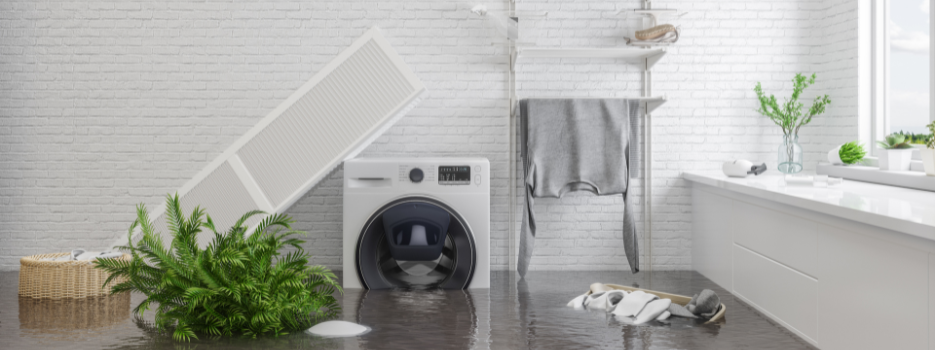
Related Posts

How to Repair a Water-Damaged Ceiling
If a ceiling in your property has sustained water damage, it is important to repair it right away. Failing to do so will threaten the structure’s integrity and people’s safety. Use the following tips to repair a water-damaged ceiling.

What Causes Water Stains on the Ceiling?
While many water stains are less than a foot wide, others can spread throughout the entire ceiling and even into the walls. Follow these tips and take the proper precautions during ceiling leak emergencies.
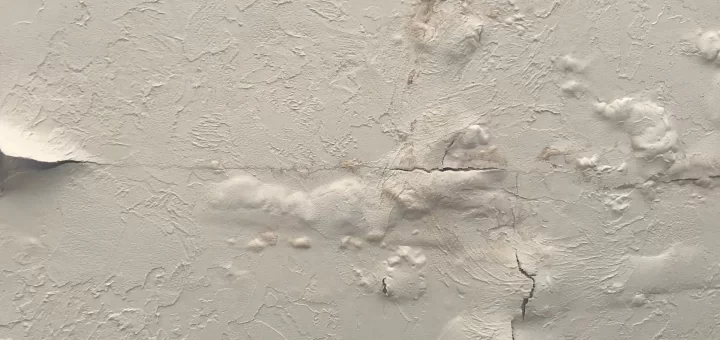
How to Address Water Damage on the Ceiling Under the Bathroom
There are many ways that the ceiling below the bathroom can get water damaged. Home and business owners will notice the water damage via staining, peeling, or cracks.
